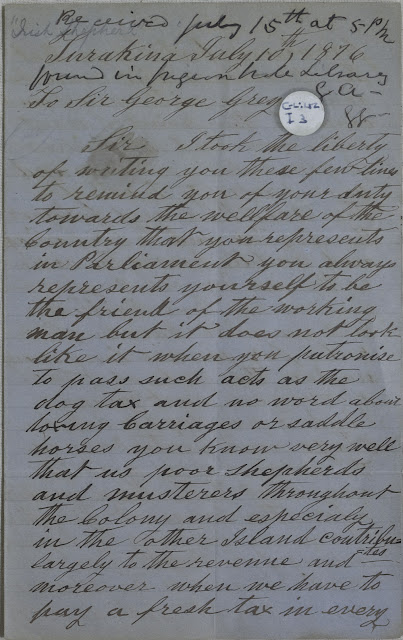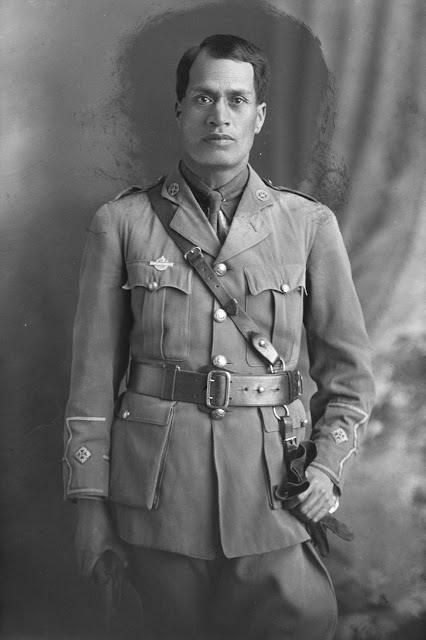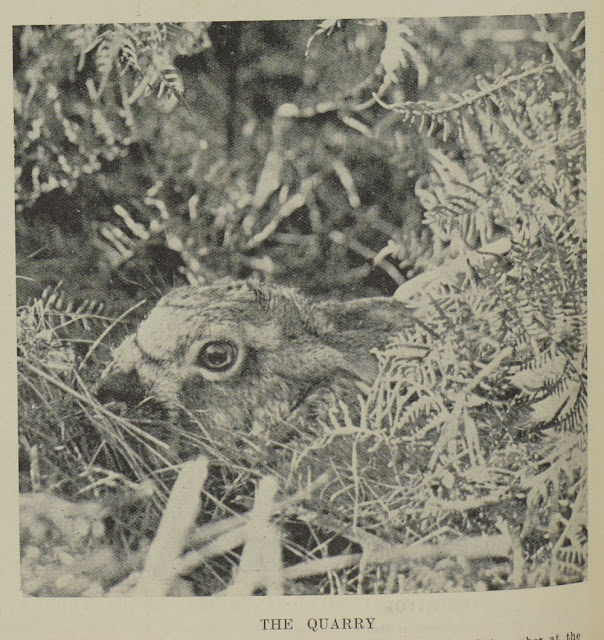Dog taxes: a transcription tale

While our libraries are currently closed some of us in the Heritage Collections team are transcribing the GLNZ letter series from the Grey Manuscripts Collection, held in Sir George Grey Special Collections . This is a collection of letters written in English to George Grey by a variety of correspondents. Some of these were well-known public figures in the nineteenth century, while others were not. One letter that I worked on recently was a little disturbing in its tone. It begins reasonably enough: "I took the liberty of writing you these few lines to remind you of your duty towards the welfare of the Country that you represents in Parliament" Image: The Irish Shepherd, pseud. Letter to Sir George Grey, page 1. 10 July 1876. Auckland Libraries Heritage Collections, GLNZ I3. On page two however, things take a different turn: “I want both you and McAndrew if you value your lives and your property to vote for the Abolition and to lower the dog tax” Image: The



